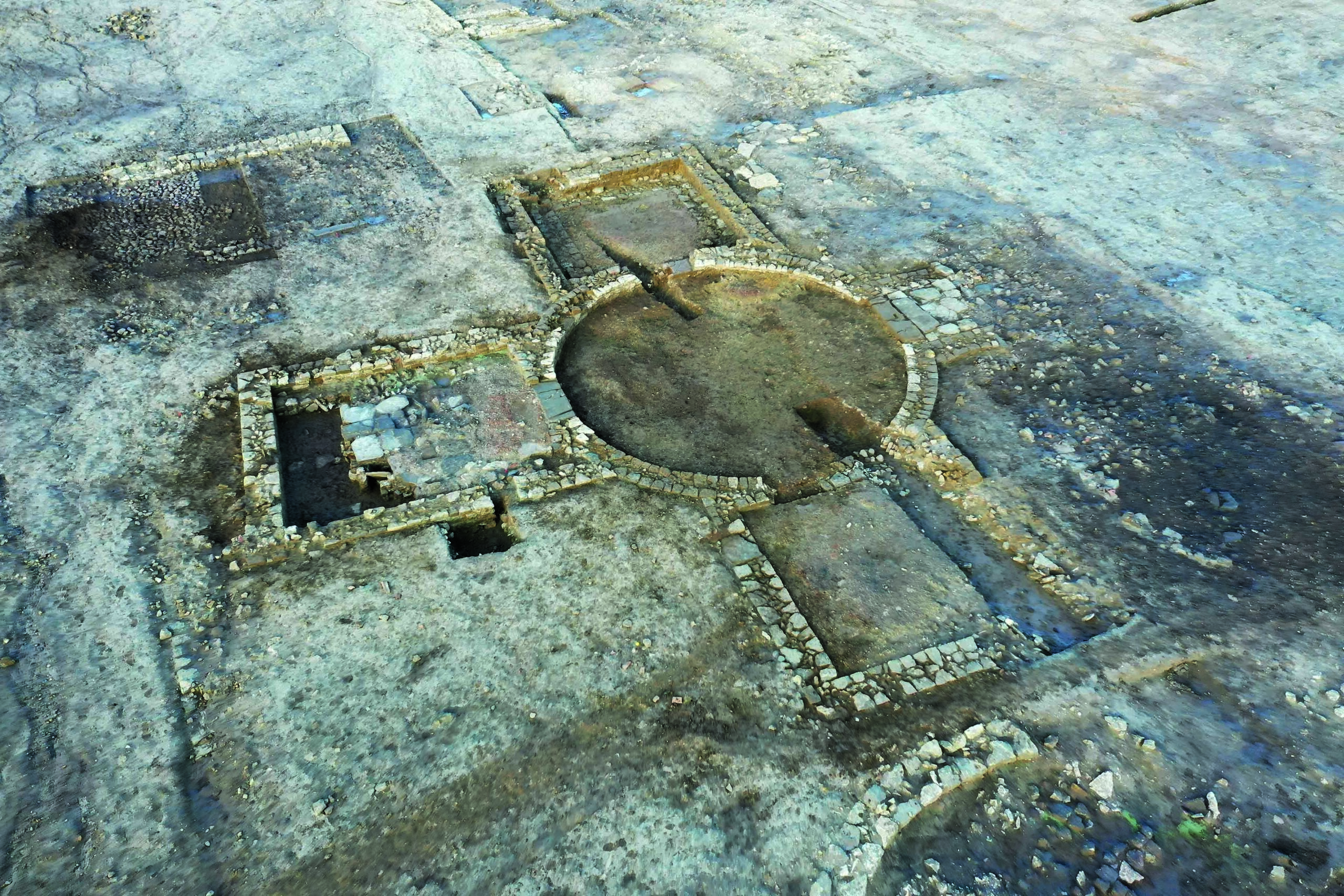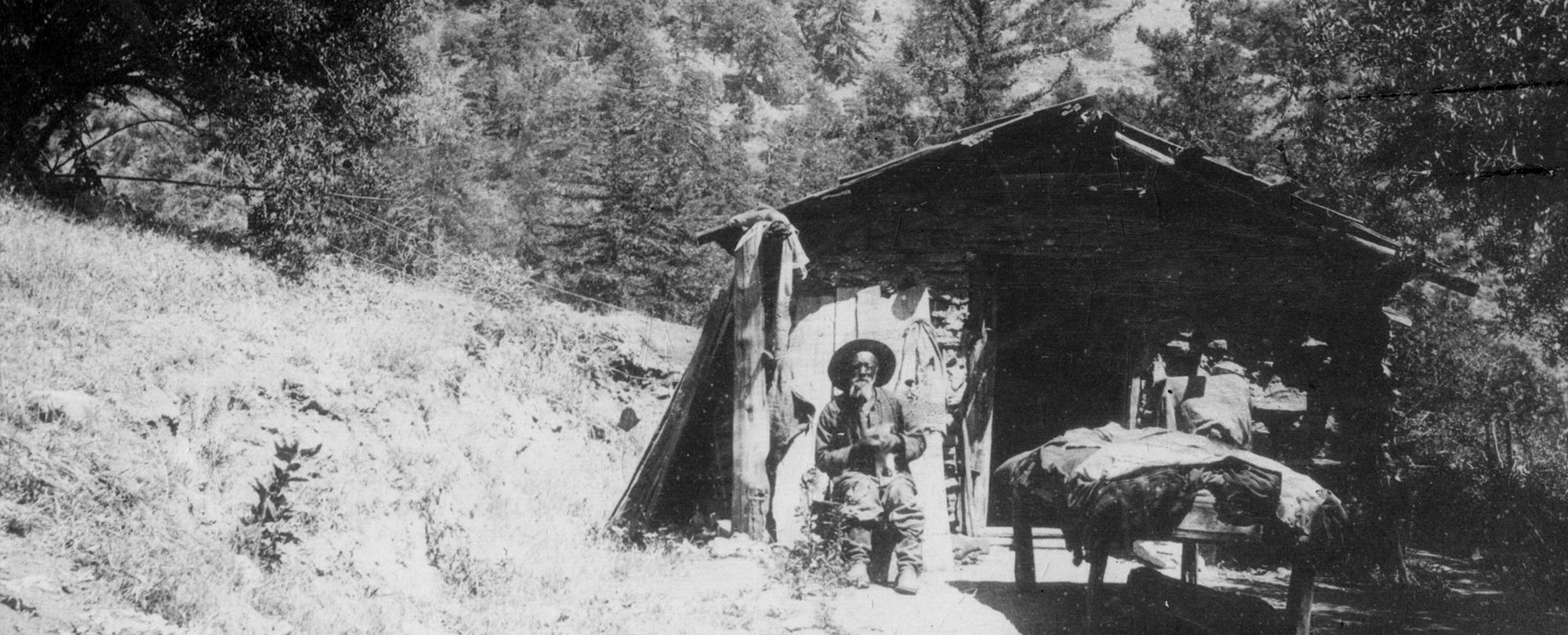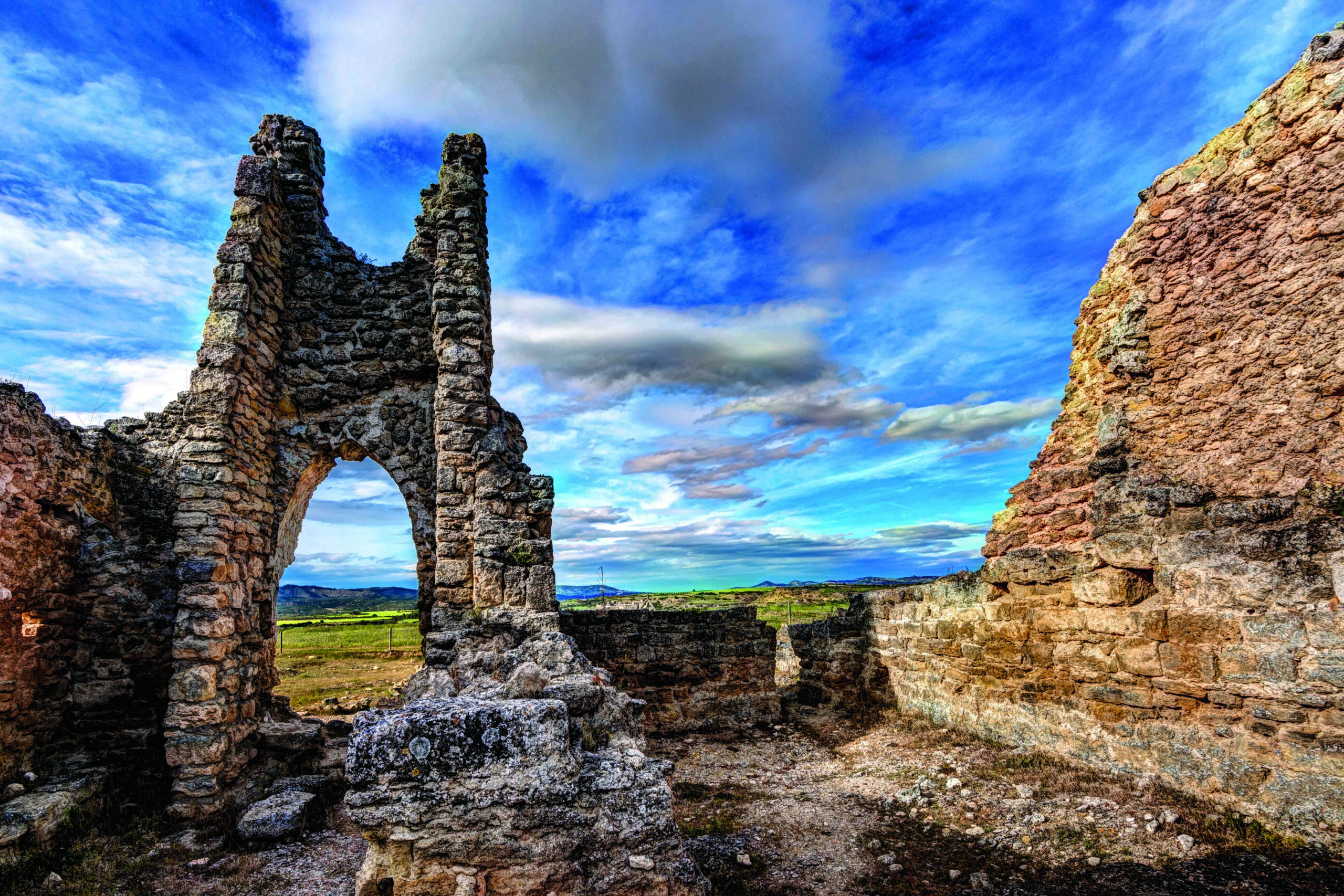
NORFOLK, ENGLAND—According to a BBC News report, a metal detectorist in eastern England discovered a badly burned seal that would have been used to sign and authenticate documents. Norfolk finds liaison officer Helen Geake said the seal’s silver components date to the thirteenth or fourteenth century, but the gemstone itself was carved during the Roman period with a winged figure thought to represent the god Mars holding a spear. Victory stands to his right. “Would people have known that it was Roman—was it kept all those centuries and re-set in silver, or was it a chance find?” she wondered. The now grey intaglio is thought to be a brown-red carnelian. Heat also damaged the silver casing, which is now lumpy and missing parts of its edges, which were inscribed in Latin. “Somebody with this caliber of seal was aristocratic and very high up,” Geake added, although researchers do not know the identity of the owner. Translating the damaged inscription may offer a clue, she said. To read about a late Roman ring depicting Cupid that was found in southern England, go to "The Ring's the Thing."










